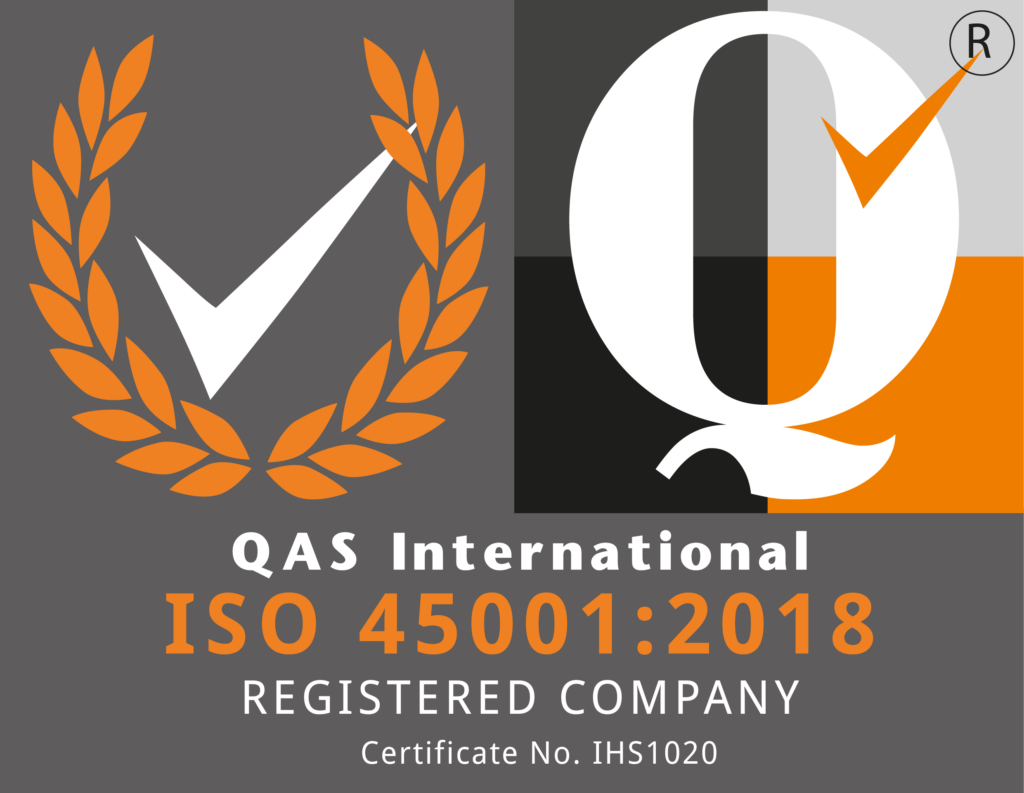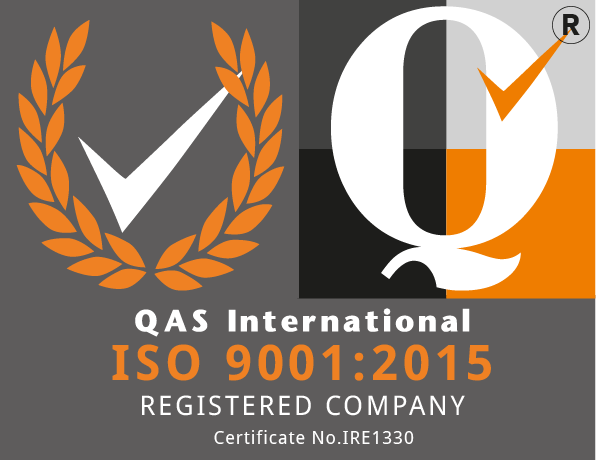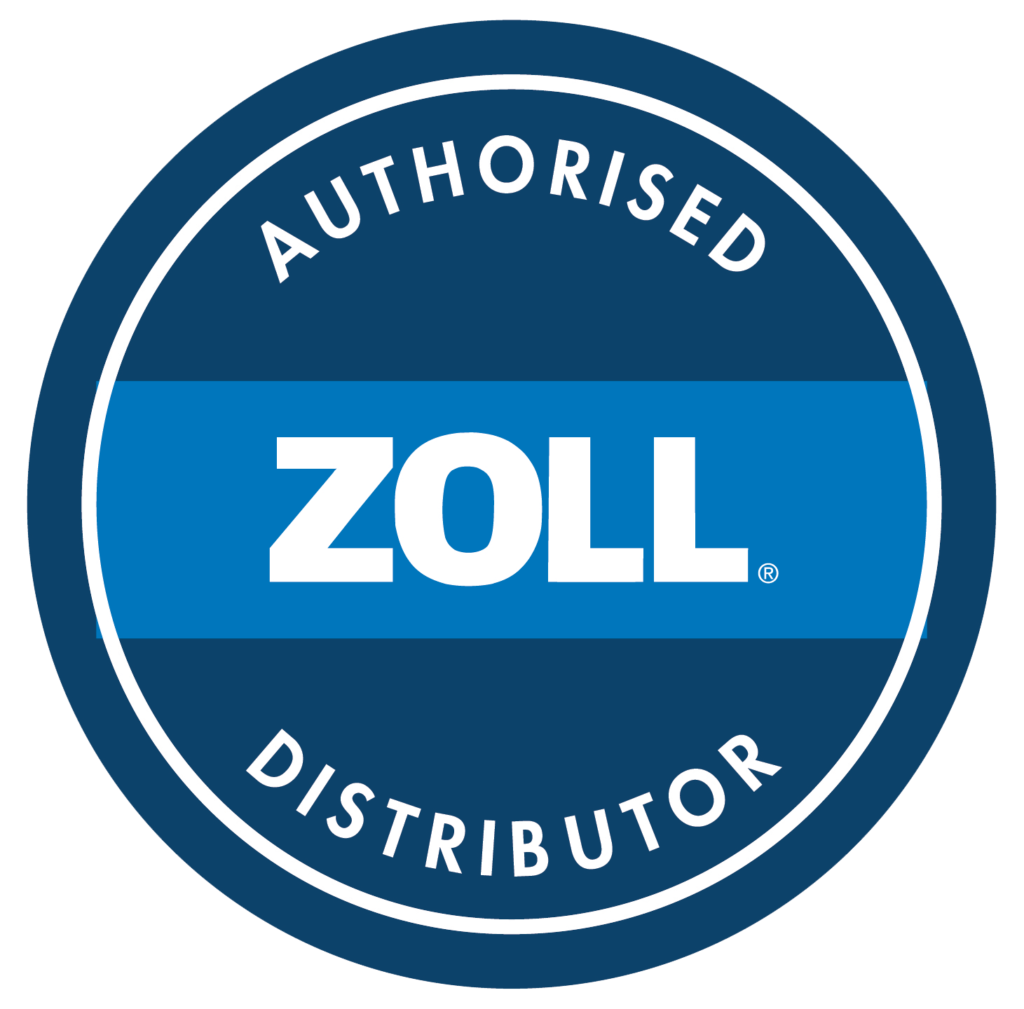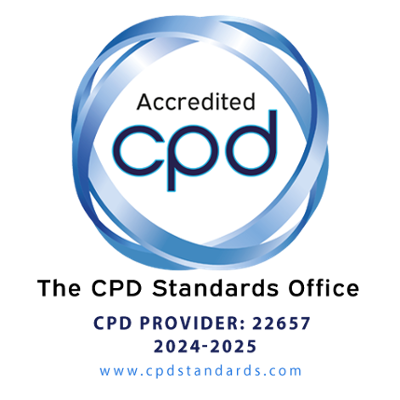In Ireland, understanding the difference between a “Fire Safety Assessment” and a “Fire Risk Assessment“ (also known as a “Fire Safety Risk Assessment”) is crucial for ensuring compliance with relevant legislation and maintaining safety standards. Despite their importance, there is significant confusion between these two types of assessments, even among government bodies and state agencies.
Fire Safety Assessment
A fire safety assessment evaluates a building’s compliance with fire safety regulations and standards. It is typically conducted under the Fire Services Act 1981 (as amended in 2003) and associated regulations. The critical aspects of a fire safety assessment include:
- Evaluating Fire Safety Features: This involves checking fire detection systems, alarm systems, emergency lighting, and fire-fighting equipment.
- Assessing Escape Routes: Ensuring that emergency exits and escape routes are adequate and unobstructed.
- Reviewing Fire Safety Management: Examining fire safety procedures and documentation.
- Compliance Check: Ensuring the building complies with building regulations and fire safety standards.
- Identifying Deficiencies: Highlighting any shortcomings in fire safety measures.
Instruction to complete a Fire Safety Assessment
Under Section 18(6) of the Fire Services Acts 1981 and 2003, ONLY Fire Officers authorised by a fire authority have the power to require a person having control over premises (such as a building owner or occupier) to carry out a fire safety assessment and notify the fire authority of such assessment.
Qualified Professionals to Fire Safety Assessment
The Code of Practice for Fire Safety Assessment of Premises and Buildings outlines that individuals with appropriate qualifications and experience should conduct fire safety assessments. These professionals include:
- Registered Architects: Those on the register maintained by the Royal Institute of the Architects of Ireland (RIAI) under Part 3 of the Building Control Act 2007.
- Chartered Building Surveyors: Those on the register maintained by the Society of Chartered Surveyors Ireland (SCSI) under Part 5 of the Building Control Act 2007.
- Chartered Engineers: Those on the register maintained by Engineers Ireland under section 7 of the Institution of Civil Engineers of Ireland (Charter Amendment) Act 1969.
- Members of the Institution of Fire Engineers: Those who hold the title Chartered Engineer.
Fire Risk Assessment
A Fire Risk Assessment, also referred to as a fire safety risk assessment, is a comprehensive evaluation of fire hazards and risks in a workplace. It is primarily required under the Safety, Health and Welfare at Work Act 2005 and the Safety, Health and Welfare at Work (General Application) Regulations 2007. Key aspects include:
- Identifying Fire Hazards: Spotting potential fire hazards in the workplace.
- Determining Risks: Assessing who might be at risk and how.
- Evaluating and Deciding on Precautions: Deciding on measures to mitigate identified risks.
- Recording Findings: Documenting the assessment and implementing findings.
- Reviewing Regularly: Updating the assessment regularly as part of ongoing health and safety management.
Fire Risk Assessments are generally visual and nonintrusive, focusing on what can be seen and accessed without causing damage or significant disruption. The Health and Safety Authority (HSA) guides the conduct of these assessments as part of overall workplace risk assessments.
Instruction to complete a Fire Risk Assessment
Under the Safety, Health and Welfare at Work Act 2005, employers are legally required to carry out risk assessments, including fire risk assessments.
- Fire Officers: Authorised by a fire authority under the Fire Services Acts 1981 and 2003, fire officers can require a person in control of premises to conduct a fire safety assessment. Local Authorities are responsible for fire safety and can enforce fire safety legislation, including fire risk assessment requirements.
- Health and Safety Authority (HSA): The HSA monitors an employer’s fire risk management and can enforce the requirement for a fire risk assessment under the Safety, Health and Welfare at Work Act 2005.
- Insurance Companies: Many companies require fire risk assessments for their policy conditions. Failure to have a valid fire risk assessment may invalidate building insurance or indemnity coverage.
- Accreditation Bodies: Organisations that offer certifications such as ISO 9001:2015, ISO 14001:2015, and ISO 45001:2018 may require fire risk assessments as part of their certification process.
- Health Information and Quality Authority (HIQA): HIQA monitors the safety and quality of health and social care services, including designated centres. Fire risk assessments can be required to ensure these facilities comply with fire safety regulations and standards.
- Tusla—Child and Family Agency: Tusla promotes and monitors the safety and quality of care in early years services. It can require fire risk assessments to ensure compliance with fire safety regulations in facilities such as preschools, playgroups, day nurseries, crèches, and day-care services.
Qualified Professionals to Fire Risk Assessment
The Safety, Health and Welfare at Work Act 2005 is a crucial piece of legislation that governs workplace safety, including fire safety. This Act mandates that employers carry out risk assessments, including fire risk assessments, to ensure the safety of their employees and others affected by their work activities.
A fire risk assessment systematically evaluates the fire hazards present in a workplace and the adequacy of existing fire precautions. It involves identifying potential fire hazards, assessing who might be at risk, evaluating the risks, and determining what safety measures are necessary to control or eliminate these risks. The Act defines a “competent person” for fire safety as someone with “sufficient training, experience and knowledge appropriate to the nature of the work to be undertaken”. In the context of fire risk assessments, this means:
- The person should understand fire safety legislation and associated guidance documents.
- They should have appropriate education, training, knowledge, and experience in fire safety principles.
- The competent person should understand fire development and human behaviour during fires.
- They should know fire hazards, risks, and factors associated with occupants at particular risk within the type of building being assessed.
- The person should have appropriate training and experience in fire risk assessments.
It’s important to note that the level of competence required depends on the complexity of the situation and the type of premises being assessed. For example, a simple, low-risk workplace might not require the same expertise as a large, complex, high-risk environment. Current best practices in the sector include:
- Regularly reviewing and updating fire risk assessments.
- Implementing a comprehensive fire safety management program.
- Provide all staff with thorough fire safety training, including temporary and part-time workers.
- Maintaining all fire safety equipment, including detection systems, alarms, and firefighting equipment.
- Ensuring clear and unobstructed escape routes at all times.
- Staying informed about changes in fire safety regulations and best practices.
The competent person should demonstrate knowledge of these best practices and be prepared to supplement any gaps in their training or knowledge to ensure they can effectively carry out their duties.
Time Required
Fire Safety Assessments:
Typically, it takes significantly longer than Fire Risk Assessments. They often involve a detailed inspection of the entire building, including intrusive examinations of hidden areas, which can take several days or weeks for large or complex buildings. They also require a thorough review of building plans, fire safety systems, and compliance with regulations.
Fire Risk Assessment
In contrast, a Fire Risk Assessment is generally less time-intensive. For most workplaces, it can often be completed in a day or two, as it focuses more on visible hazards, work processes, and management practices rather than detailed building inspections.
Costs:
Fire Safety Assessments
Fire Safety Assessments tend to be considerably more expensive due to:
- More extensive and time-consuming inspections.
- Potential costs for intrusive examinations (e.g. opening up walls).
- Detailed analysis and reporting requirements.
Fire Risk Assessments
Fire Risk Assessments are typically less costly because:
- The assessment is less intrusive and time-consuming.
- Reporting requirements are generally less extensive.
For example, a Fire Safety Assessment for a medium-sized commercial building could cost several thousand euros. In contrast, a Fire Risk Assessment for the same building may cost hundreds to thousands of euros.
Work Involved:
Fire Safety Assessments
Fire Safety Assessments involve more extensive work, including:
- Detailed review of building plans and fire safety systems
- Intrusive inspections of building structures and hidden areas
- In-depth analysis of compliance with building regulations and fire codes
- Comprehensive reporting on building fire safety features and compliance
Fire Risk Assessments
Fire Risk Assessments focus more on:
- Visual inspections of the workplace.
- Identifying potential fire hazards related to work activities.
- Assessing fire safety management practices.
- Recommending practical measures to reduce fire risks.
Ireland’s Fire Safety Enforcement
It’s essential to recognise that different government agencies often rely on regulations created by other agencies, sometimes without fully understanding the regulation itself or its implications for enforcement. This interdependence can lead to challenges in effectively implementing and enforcing fire safety standards.
- Misinterpretation of regulations: Enforcement officers may not understand the regulations as well as those who drafted them, potentially leading to inconsistent enforcement.
- Enforcement challenges: The practical application of regulations one agency develops may present unforeseen difficulties for the enforcing agency.
- Jurisdictional confusion: When issues arise, there may be uncertainty about which agency has the ultimate authority to interpret or modify regulations.
- Regulatory gaps: Lack of communication between agencies can result in essential aspects of fire safety being overlooked or inadequately addressed.
- Inconsistent enforcement: Different authorities may interpret and enforce the same regulations differently, leading to inconsistencies across jurisdictions.
- Delayed responses to emerging risks: When multiple agencies are involved, updating regulations to address new fire safety challenges can be slow.
To address these issues, it’s crucial for agencies to:
- Establish clear communication channels between regulatory bodies and enforcement agencies.
- Provide comprehensive training to enforcement officers on the intent and application of regulations.
- Create mechanisms for feedback from enforcement agencies to inform future regulatory development.
- Regularly review and update inter-agency agreements to ensure clear delineation of responsibilities.
- Develop joint working groups to address complex fire safety issues that span multiple agencies’ jurisdictions.
Key Differences and Confusion
- Scope:
- Fire Safety Assessment: Focuses on compliance with fire safety regulations and building standards.
- Fire Risk Assessment: Takes a broader view of potential fire hazards and their impact on workplace safety.
- Legal Basis:
- Fire Safety Assessment: Based on the Fire Services Act.
- Fire Risk Assessment: Required under health and safety legislation.
- Approach.
- Fire Safety Assessment: More prescriptive, often involving intrusive methods.
- Fire Risk Assessment: More flexible and typically visual.
- Frequency:
- Fire Safety Assessment: Conducted less frequently, often as part of building inspections or certifications.
- Fire Risk Assessment: Reviewed and updated regularly.
- Focus:
- Fire Safety Assessment: Concentrates on the building and its fire safety systems.
- Fire Risk Assessment: Considers human factors, work processes, and ongoing management of fire risks.
Legal Implications and Importance of Proper Assessment
It is crucial to understand that conducting the wrong type of assessment or having an unqualified person perform an assessment can have serious legal consequences. The Fire Services Act, 1981 (as amended) outlines responsibilities and penalties for non-compliance with fire safety regulations.
Section 22(6) of the Fire Services Act, 1981 states explicitly that it is an offence to: – Provide false or misleading information to a fire authority or an authorised person of the authority.
It’s important to note that this offence applies whether the false or misleading information is provided accidentally or wilfully.
Providing such information, regardless of intent, is considered an offence under the law.
Penalties for non-compliance or providing false information can be severe. Under the Fire Services Act, 1981, a person convicted of an offence can face fines of up to €3,000 or imprisonment for up to 6 months on summary conviction or fines up to €130,000 or imprisonment for up to 2 years on conviction on indictment.
Conclusion
Understanding the differences between Fire Safety Assessments and Fire Risk Assessments is crucial for building owners, managers, and occupants. Each type of assessment serves a specific purpose in ensuring fire safety and legal compliance. It is essential to ensure that qualified professionals carry out the correct type of assessment under the appropriate legislation.
Reference
- https://www.gov.ie/en/publication/354c8-code-of-practice-for-fire-safety-assessment-of-premises-and-buildings
- https://www.hsa.ie/eng/topics/fire
- https://assets.gov.ie/217229/7538978a-e979-4808-a152-c8e4cc773823.pdf
- gov – Fire Safety in Ireland – Report of the Fire Safety Task Force (www.gov.ie)
- Fire Services Act, 1981 (irishstatutebook.ie)
- Untitled (lawreform.ie)
- gov – Code of Practice for the Management of Fire Safety in Places of Assembly (www.gov.ie)









